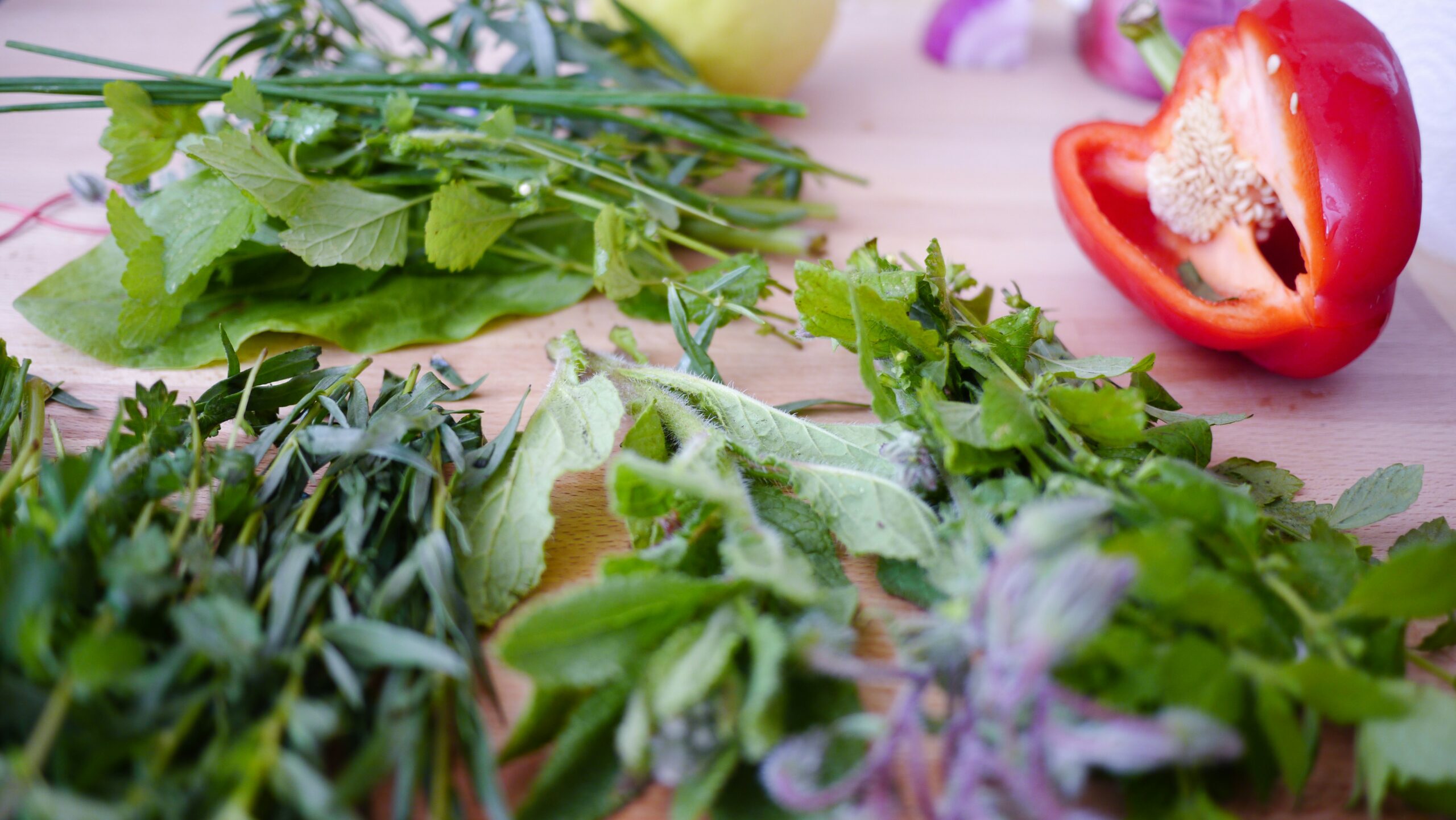

Introduction to Sustainable Eating
Sustainable eating is more than just a trend; it’s a lifestyle choice that resonates with our growing awareness of the environment and our health. In recent years, many people have turned their sights towards local food sources as a way to support their communities while making mindful dietary decisions. Choosing locally grown produce not only connects us to the land but also fosters relationships with farmers and small businesses right in our neighborhoods. Imagine biting into a crisp apple harvested from just down the road or savoring fresh herbs plucked from your own garden. This shift towards sustainable eating empowers individuals and strengthens local economies. Join us on this journey as we explore the myriad benefits of choosing local food and plants for both ourselves and our planet!
The Importance of Supporting Local Farmers and Businesses
Supporting local farmers and businesses nurtures community ties. When you buy from them, your money stays within the area. This helps create jobs and strengthens the local economy.
Local farms often prioritize sustainable practices. They tend to use fewer chemicals and can offer fresher products. Knowing where your food comes from fosters a connection between consumers and producers.
Small businesses are vital for preserving unique local flavors and culture. Each farmer or artisan adds their touch, ensuring variety in what’s available at markets or stores.
Additionally, supporting locals reduces transportation emissions since shorter distances mean less fuel consumption. Every purchase is a step towards a more resilient food system that benefits everyone involved—from farm to table—and enhances our collective well-being.
Environmental Benefits of Choosing Local Food and Plants
Choosing local food and plants has a profound impact on the environment. When you buy locally, you reduce the carbon footprint associated with transportation. This means less fuel burned and fewer greenhouse gases released into the atmosphere.
Local agriculture often uses sustainable practices that protect soil health and biodiversity. Smaller farms tend to prioritize organic methods, avoiding harmful pesticides that can contaminate waterways.
Seasonal eating also encourages diversity in your diet while supporting crop rotation. This practice helps maintain healthy ecosystems and reduces reliance on monoculture farming, which can deplete nutrients from the soil.
Moreover, local food systems foster community resilience. By investing in nearby farms, you’re not just nurturing your own health; you’re creating a network of support that benefits everyone involved—farmers included!
Each bite taken from these sources contributes to a cleaner planet and healthier landscapes for future generations.
Nutritional Benefits of Eating Locally Grown Food
Eating locally grown food can significantly enhance your nutritional intake. When fruits and vegetables are harvested at peak ripeness, they offer a greater concentration of vitamins and minerals. This means that every bite is packed with essential nutrients.
Local produce often travels shorter distances to reach your plate. This freshness helps preserve its nutritional value compared to items transported over long distances, which may lose quality during transit.
Additionally, supporting local farms encourages biodiversity. Many small-scale farmers grow a variety of crops instead of focusing solely on mass production. This diversity not only enriches the soil but also provides an array of flavors and nutrients for consumers.
By choosing seasonal local foods, you benefit from ingredients that align with your body’s needs throughout the year—think hearty root vegetables in winter or refreshing salads in summer. Eating locally nurtures both body and community health in delightful ways.
Tips for Incorporating More Local Food into Your Diet
Start by exploring local farmers’ markets in your area. These vibrant spots are filled with fresh produce and artisanal products. It’s a great way to connect with local growers and discover seasonal items.
Join a community-supported agriculture (CSA) program. This allows you to receive regular deliveries of fresh, locally grown food straight from the farm. You’ll be surprised at how much variety is available.
Plan your meals around what’s in season. Seasonal eating not only supports local farms but also enhances flavor and nutrition.
Get creative in the kitchen! Experiment with new recipes featuring local ingredients. Try incorporating them into your weekly meal prep for added convenience.
Consider growing your own herbs or vegetables, even if it’s just on a windowsill or balcony. Home gardening can be rewarding and offers easy access to fresh flavors right when you need them.
Conclusion: Making Small Changes for a Healthier Planet and Community
Every small step counts when it comes to creating a healthier planet and thriving communities. By choosing local food and plants, you not only nourish your body but also support the farmers and businesses in your area. This simple switch can lead to significant changes over time.
Consider visiting local farmers’ markets or joining a community-supported agriculture (CSA) program. These opportunities allow you to connect with producers directly while enjoying fresh, seasonal produce. Each purchase is a vote for sustainable practices that benefit both the environment and our health.
Embrace plant-based meals more frequently, as they often require fewer resources compared to animal products. Explore new recipes that highlight local fruits and vegetables—cooking seasonally can be an exciting culinary adventure.
Remember, every meal is an opportunity to make choices that reflect your values. Adopting sustainable eating habits doesn’t have to be overwhelming; start with one small change today, whether it’s trying a new vegetable or supporting a nearby farm.
Together, these actions contribute toward building resilient ecosystems and fostering vibrant communities where everyone thrives. Your plate can become a powerful tool for positive change—one bite at a time.
